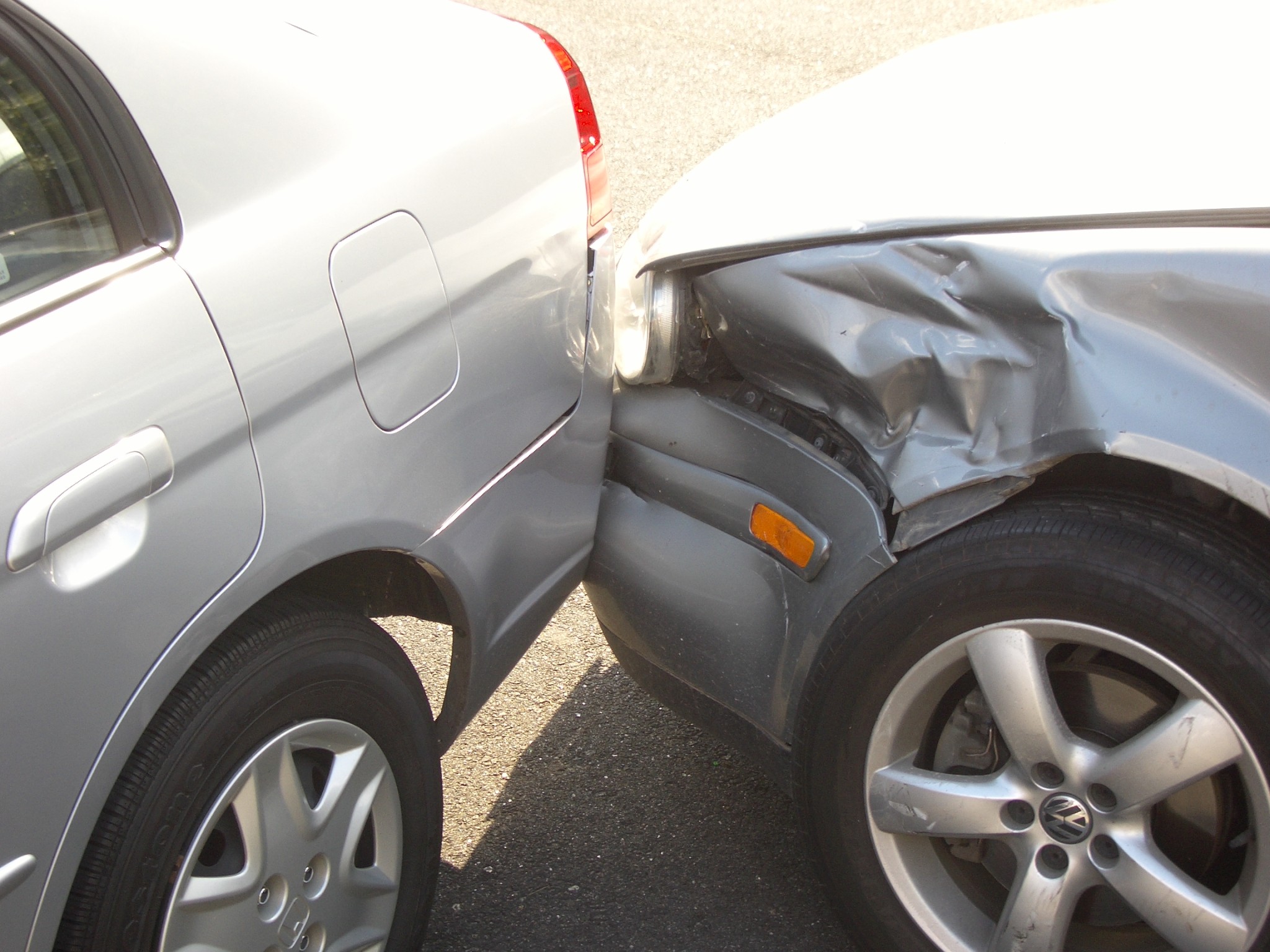Austin, Texas is known for its wealth,
artistry and great real estate. It is no wonder, therefore, that real
estate owners are discriminating when it comes to considering decorative
concrete options for their homes and/or commercial establishments.
Decorative concrete contractors, for instance, offers the latest
technology in decorative concrete, including stamped concrete overlays.
The purpose of concrete overlays, just like resurfacing, is to cover
damage or out of date finish or add topping for aesthetic reasons, to an
existing and still structurally sound concrete. These can be stamped,
troweled, squeegee finished, self-leveled, and sprayed among others.
Though decorative concrete overlays are made up of different chemical
additives, some basic elements include, cement, aggregate in the form of
sand, silica or calcium carbonate and a polymer.
Polymer is an acrylic type glue that helps resurfacing materials bond to
their substrate, making it more durable, stronger, and flexible. A
stamped concrete overlay makes use of an engineered modified polymer
cementous product which is considered to be:
=> Stronger compared to normal concrete and other concrete coating
products even with if the application is as thin as a grain of sand.
=> Highly resistant to salt, chemicals, UV, freeze/thaw,
delamination, hydrostatic pressure, oil, stains, mildew/fungus,
depending on the seal coat,
=> Cost effective since the overlays and sealers provide more
strength and durability and nearly maintenance free surface that looks
like stone, brick, or slate but at a much lesser cost.
=> More flexible with the wide variety of applications – broom
finish, splatter texture, trowel finish, stamped overlay, chemical stain
– color and design options
It is usually installed at one fourth to three eighths inch thick on an
existing concrete. The thickness will depend on the stamp or pattern
that will be used. Stamp concrete overlays are intended to set-up or
dry slowly to allow the craftsman time to “stamp or imprint” a pattern
before the system hardens.
Because of its versatility, it can be done anywhere outside or inside
top floors of office or apartment or condominium building, and on
horizontal or vertical surfaces, unlike regular stamped concrete which
is often limited to outdoor use because of its thickness and the mess
involved especially during the powder release antiquing process.
A stamp is pressed into the overlay just like full depth stamped
concrete applications for a more natural look. The overlay is then
coated with sealers giving it a nonporous finish. Contractors can, also,
provide the proper texture – smooth or rough, to suit any condition
like making it skid resistant for areas around the pool, for example.
With the non-porous systems, cleaning and maintenance of stamped overlay
is faster and easy than concrete as majority of stains can be hosed
down with mild detergent or plain water. Salt, sand, deicers and
fertilizers will have no effect. With proper maintenance, a stamped
overlay can outlast the traditional concrete for years.
With numerous formulations, color options, and finishing techniques
available, skilled professional contractors can mold, color, texturize
these elements to create different outcomes. The process would take
about 3 to 7 days, depending on system and finish chosen and most can be
walked on within 24 hours, a couple of days if expected traffic is
heavy. Installation usually comes with a guarantee that the overlay will
adhere to the concrete and not delaminate or fade especially in places
like Austin where direct sunlight can fade painted surfaces and surface
coatings in a matter of weeks. In addition, because it is UV resistant,
it is, heat resistant thus cooler than traditional concrete and remains
cool and comfortable even during summer.
Depending of the usage and traffic, it is recommended that surface be
resealed every 3 to 5 years. However, in places where there is only foot
traffic resealing can be done every 5 years.
Article Source: http://www.compensationsecrets.co.uk/






